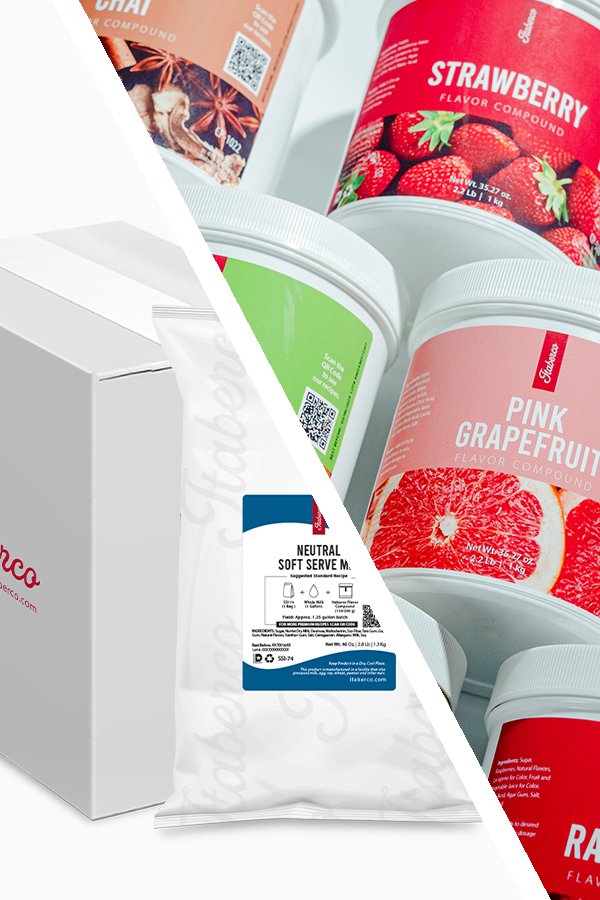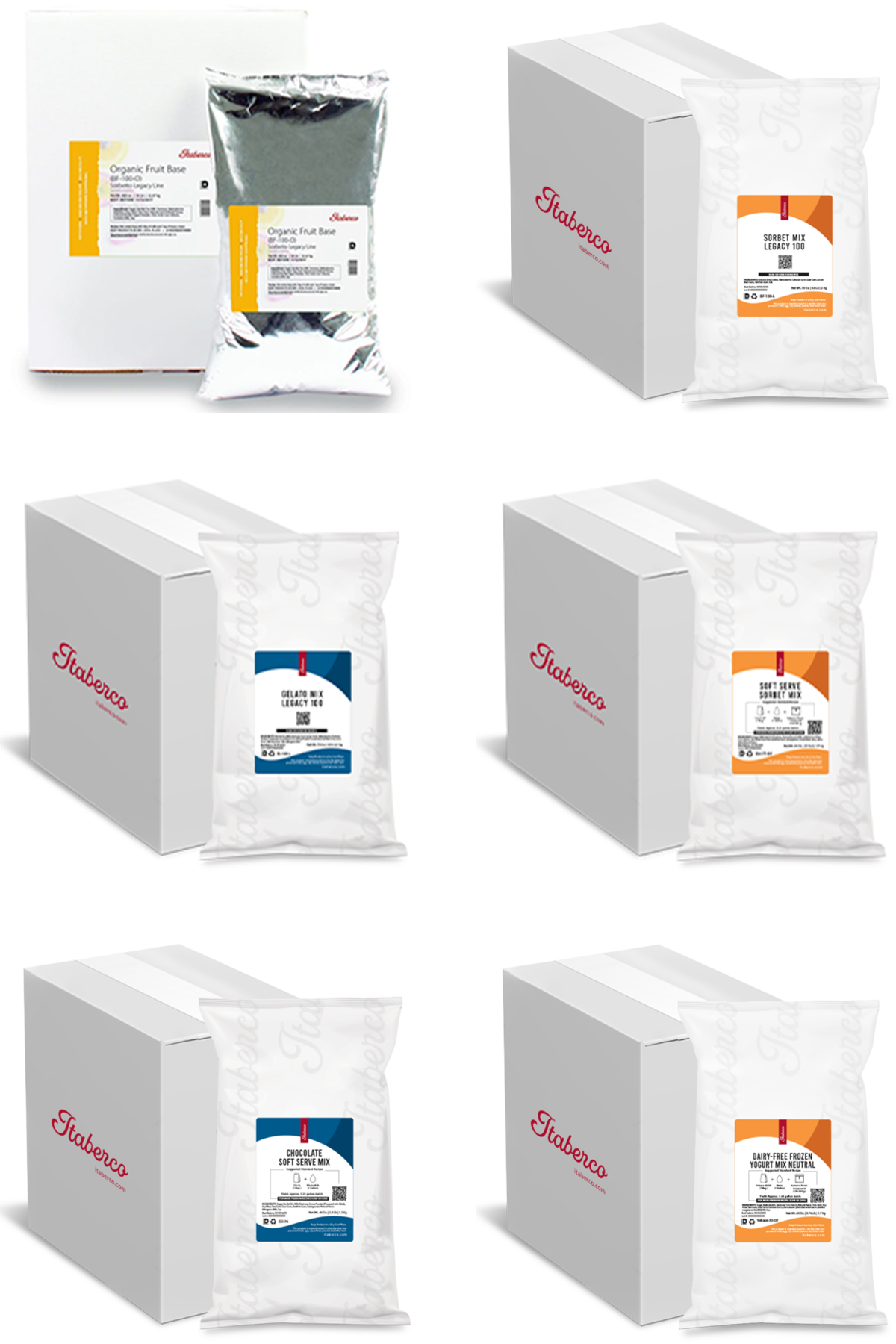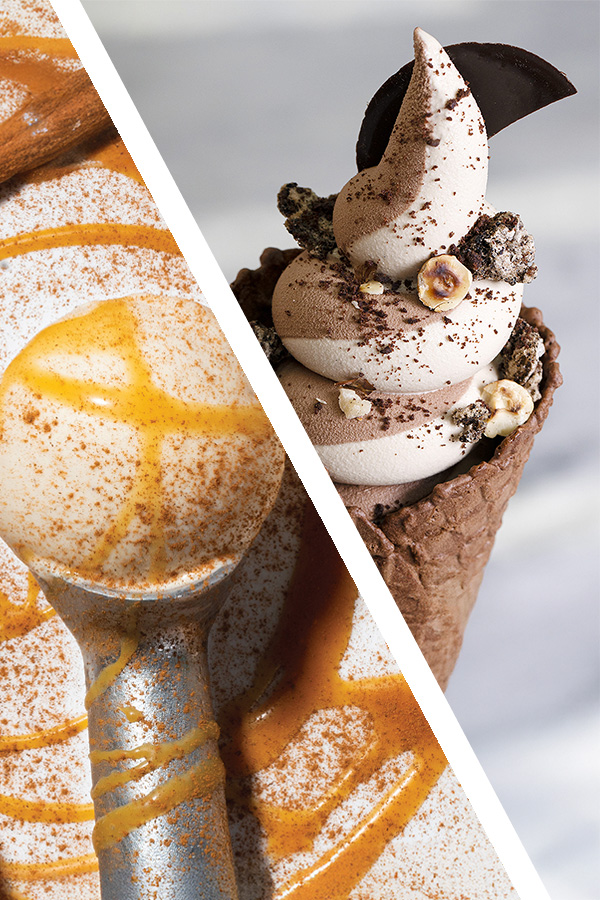The Fundamentals: Dry Mix vs. Liquid Mix
Dry mix is a powdered form of soft serve or ice cream base that contains essential ingredients such as sweeteners, milk solids, natural gums, and stabilizers. All of the same components that are used in a liquid mix, besides the dairy. To prepare it, you’ll need to reconstitute the powder with water, dairy, or dairy alternatives, depending on your desired texture, flavor profile, and allergen requirements. One major advantage of dry mix is that it’s shelf-stable, meaning it can be stored at room temperature and doesn’t require refrigeration until you’re ready to use it. This makes it an excellent option for businesses looking to manage inventory easily and reduce storage costs.
On the other hand, liquid mix is a ready-to-use base that comes pre-blended and stored in a liquid form. Unlike dry mix, liquid mix must be kept refrigerated or frozen from the time it’s made to the time it’s used. While it offers convenience—since it requires no preparation or additional mixing—liquid mix typically has a shorter shelf life and requires more attention to storage conditions. Liquid mixes may be a better fit for high-volume operations that can turn over product quickly and have ample refrigeration space.




